Home>Home Appliances>Kitchen Appliances>How To Reset An Espresso Machine
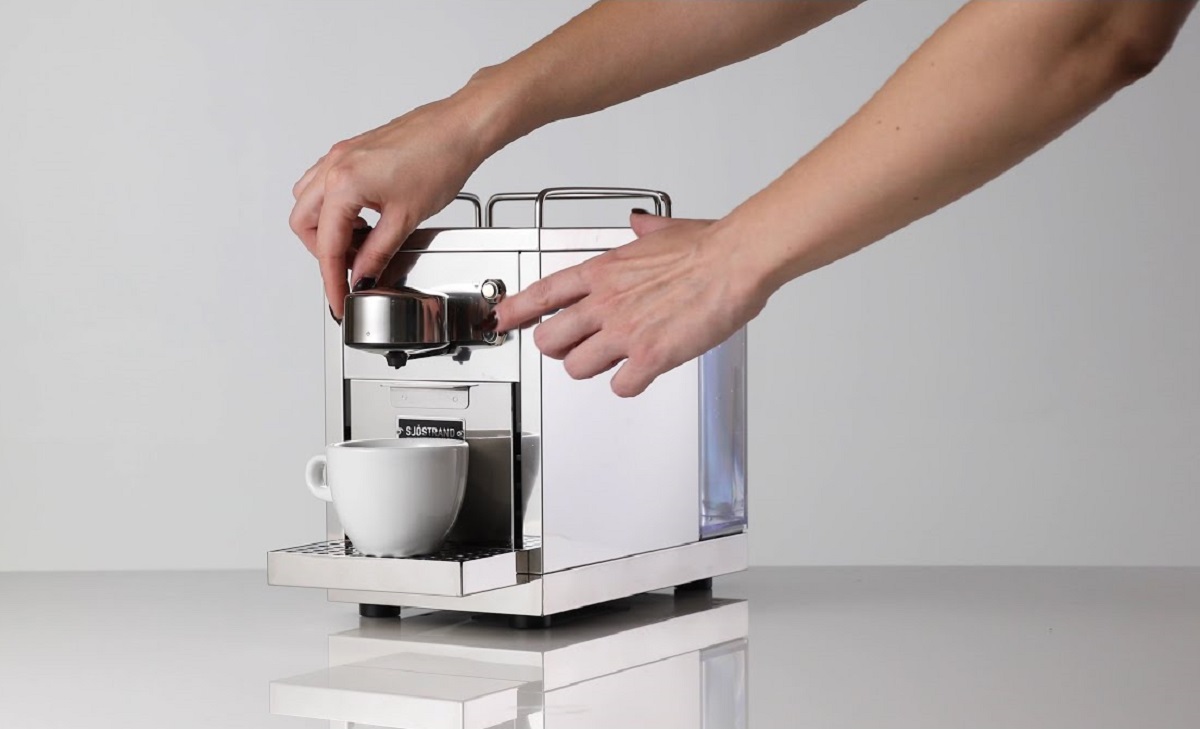

Kitchen Appliances
How To Reset An Espresso Machine
Modified: August 16, 2024
Learn how to reset your espresso machine with our step-by-step guide. Keep your kitchen appliances running smoothly with our expert tips. Unlock the secrets to troubleshooting and maintenance.
(Many of the links in this article redirect to a specific reviewed product. Your purchase of these products through affiliate links helps to generate commission for Storables.com, at no extra cost. Learn more)
Introduction
Welcome to the world of espresso machines! If you're a proud owner of one of these fantastic appliances, you know the joy of brewing a perfect cup of espresso right in the comfort of your own home. However, like any sophisticated piece of equipment, espresso machines require regular maintenance to ensure they continue to deliver that delightful, aromatic espresso shot every time.
In this comprehensive guide, we'll walk you through the essential steps to reset your espresso machine. Whether you're experiencing issues with the machine, want to return it to its original factory settings, or simply wish to perform routine maintenance, resetting your espresso machine can help address various concerns and keep it running smoothly.
Before we dive into the specifics of resetting your espresso machine, it's important to note that these machines operate under high pressure and heat, so it's crucial to observe safety precautions at all times. Additionally, regular cleaning and maintenance are key to the longevity and performance of your espresso machine. With that said, let's explore the necessary steps to reset your espresso machine and ensure it continues to produce the perfect cup of espresso every time you crave that rich, invigorating flavor.
Key Takeaways:
- Keep your espresso machine safe and clean by following safety precautions, unplugging the machine before maintenance, and regularly cleaning the water tank to ensure the best coffee experience.
- Reset your espresso machine to its factory settings to troubleshoot issues and ensure optimal performance. Thoroughly test the machine afterward to enjoy consistently delicious espresso.
Read more: How To Reset A Breville Espresso Machine
Safety Precautions
Before undertaking any maintenance or reset procedures on your espresso machine, it is vital to prioritize safety. These machines involve high temperatures, pressurized water, and electrical components, so exercising caution is paramount. Here are some essential safety precautions to keep in mind:
- Unplug the Machine: Always start by unplugging the espresso machine from the power source. This simple step ensures that there is no risk of electrical shock during the maintenance process.
- Allow Cooling Time: If the machine has been in use, allow it to cool down before attempting any maintenance or reset procedures. The internal components, particularly the boiler, can reach high temperatures during operation.
- Use Protective Gear: When handling hot components or using cleaning solutions, consider wearing heat-resistant gloves and eye protection to prevent burns or splashes.
- Read the Manual: Familiarize yourself with the manufacturer’s guidelines for maintenance, cleaning, and resetting procedures. The user manual provides specific instructions tailored to your espresso machine model.
- Work in a Well-Ventilated Area: Some maintenance tasks, such as descaling, involve the use of cleaning solutions. Ensure adequate ventilation to avoid inhaling fumes and maintain a comfortable working environment.
- Avoid Water and Electricity: Keep water away from electrical components and connections. When performing maintenance that involves water, ensure that the machine is unplugged and that electrical parts are protected from moisture.
By adhering to these safety precautions, you can minimize the risks associated with maintaining and resetting your espresso machine. Safety should always be the top priority when working with any kitchen appliance, especially one as intricate and powerful as an espresso machine.
Unplugging the Machine
Before delving into the reset process, it’s crucial to start with a simple yet essential step: unplugging the espresso machine. This action ensures that the appliance is completely disconnected from the power source, mitigating the risk of electrical hazards during the maintenance and reset procedures.
To unplug your espresso machine:
- Locate the Power Cord: Identify the power cord connected to your espresso machine. It is typically located at the rear or side of the appliance.
- Switch Off and Unplug: If the machine is currently powered on, switch it off using the designated power button or switch. Once the machine is turned off, gently unplug the power cord from the electrical outlet.
- Confirm Disconnection: After unplugging the machine, double-check that the power cord is completely removed from the outlet to ensure a safe working environment.
By following these steps, you can rest assured that the espresso machine is safely disconnected from the power supply, allowing you to proceed with the subsequent maintenance and reset tasks without the risk of electrical accidents. Remember to keep the machine unplugged throughout the entire maintenance process until it’s time to test the machine at the end of the reset procedure.
Cleaning the Water Tank
One of the foundational maintenance tasks for an espresso machine is keeping the water tank clean. The water tank is a crucial component that directly impacts the quality and taste of the espresso it produces. Over time, mineral deposits, impurities, and residual coffee oils can accumulate in the water tank, potentially affecting the flavor of your espresso and the overall performance of the machine. Regular cleaning of the water tank is essential to maintain the machine’s functionality and ensure the best coffee experience.
To clean the water tank of your espresso machine:
- Empty the Tank: Start by removing the water tank from the machine. Discard any remaining water in the sink and rinse the tank with fresh water to remove any loose debris or impurities.
- Use Mild Detergent (If Necessary): If the water tank shows signs of residue or discoloration, consider using a mild detergent specifically recommended for cleaning coffee equipment. Thoroughly rinse the tank after using the detergent to ensure no soapy residue remains.
- Inspect for Buildup: Check the interior of the water tank for any mineral deposits or stubborn buildup. If present, gently scrub the affected areas using a non-abrasive brush or sponge to remove the deposits.
- Rinse and Dry: After cleaning, thoroughly rinse the water tank with clean water to remove any cleaning agents or loosened debris. Once rinsed, allow the tank to air dry completely before reassembling it with the espresso machine.
By regularly cleaning the water tank, you can prevent the accumulation of impurities and maintain the pristine condition of this essential component. A clean water tank not only ensures the quality of your espresso but also contributes to the longevity and optimal performance of your espresso machine.
To reset an espresso machine, turn off the machine and unplug it for a few minutes. This will allow the machine to reset and clear any errors. Then, plug it back in and turn it on.
Descaling the Machine
Descaling is a critical maintenance task for espresso machines, especially those that use water. Over time, mineral deposits from the water, such as calcium and limescale, can build up inside the machine’s internal components, including the boiler and water lines. This buildup can impede the machine’s performance, affect the taste of the espresso, and even lead to mechanical issues if left unaddressed. Descaling the machine helps remove these deposits and ensures that it continues to function optimally.
To descale your espresso machine:
- Prepare the Descaling Solution: Purchase a descaling solution specifically formulated for espresso machines. Follow the manufacturer’s instructions to prepare the solution, usually by diluting it with water in the appropriate ratio.
- Empty the Water Tank: Ensure the water tank is empty before beginning the descaling process. If there is any water remaining, discard it and rinse the tank thoroughly.
- Fill the Water Tank: Pour the prepared descaling solution into the water tank, filling it to the recommended level as specified in the machine’s manual.
- Run the Descaling Cycle: Follow the machine’s instructions to initiate the descaling cycle. This typically involves running the machine with the descaling solution, allowing it to pass through the internal components to dissolve and remove the mineral deposits.
- Rinse the System: After the descaling cycle is complete, thoroughly rinse the machine by running multiple cycles with clean water. This helps flush out any remaining descaling solution from the system.
- Clean External Surfaces: Wipe down the external surfaces of the machine with a damp cloth to remove any traces of the descaling solution and ensure that the machine is clean and ready for use.
Regular descaling not only maintains the performance and flavor quality of your espresso machine but also extends its lifespan by preventing the buildup of mineral deposits that can lead to mechanical issues. By incorporating descaling into your maintenance routine, you can continue to enjoy delicious, high-quality espresso from your machine for years to come.
Read more: How To Reset A Washer
Resetting the Machine to Factory Settings
Resetting your espresso machine to its factory settings can be a beneficial step, especially if you encounter persistent issues or irregular performance. It essentially restores the machine to its original configuration, clearing any customized settings or adjustments that may be contributing to operational issues. Additionally, resetting the machine can serve as a troubleshooting measure to address certain malfunctions or erratic behavior.
To reset your espresso machine to its factory settings, follow these general steps:
- Refer to the Manual: Consult the user manual provided with your espresso machine. It contains specific instructions on how to reset the machine to its factory settings, tailored to your model.
- Power Off the Machine: Ensure the machine is powered off and unplugged before initiating the reset process. This precaution prevents any electrical mishaps during the procedure.
- Access the Reset Function: Depending on the machine’s design, there may be a specific button combination or sequence to activate the factory reset. This information can be found in the user manual or through the manufacturer’s support resources.
- Execute the Reset: Follow the prescribed steps to perform the factory reset. This may involve pressing and holding certain buttons, navigating through the machine’s menu options, or using a dedicated reset function.
- Confirmation and Reboot: Once the reset process is complete, the machine may provide a confirmation message or indicator light to signify that it has been restored to its factory settings. Afterward, plug the machine back in and power it on to ensure it functions as expected.
By resetting the machine to its factory settings, you can eliminate any potential software or configuration issues that may be affecting its performance. It’s a valuable troubleshooting step that can help address a range of operational concerns and restore the machine to its original state, ready to deliver the perfect espresso experience.
Testing the Machine
After completing the reset process or any maintenance procedures, it’s essential to thoroughly test your espresso machine to ensure that it is functioning as intended. Testing allows you to verify the machine’s performance, confirm that any issues have been addressed, and guarantee that the reset or maintenance tasks have been successful.
When testing your espresso machine, consider the following steps:
- Power On and Warm-Up: Plug in the machine and allow it to warm up to the appropriate brewing temperature. This ensures that the internal components are ready for operation.
- Run a Test Brew: Prepare a test shot of espresso using your preferred coffee grounds. Observe the extraction process, noting the color, consistency, and flavor of the espresso produced.
- Check for Leaks or Irregularities: While the machine is running, inspect for any leaks, unusual noises, or irregular behavior. Pay attention to the water flow, steam production, and overall operation of the machine.
- Assess Taste and Quality: Taste the test espresso to evaluate its flavor, aroma, and overall quality. Ensure that it meets your expectations in terms of richness, crema, and balance.
- Perform Additional Functions: If your espresso machine has additional features such as milk frothing or hot water dispensing, test these functions to confirm their proper operation.
By conducting a comprehensive test of your espresso machine, you can verify that the reset process, maintenance, or troubleshooting efforts have been successful. If any issues persist or if the machine does not perform as expected, consider consulting the user manual or seeking assistance from the manufacturer’s support team to address any remaining concerns.
Ultimately, a successful test confirms that your espresso machine is back in optimal working condition, ready to consistently brew delicious, satisfying espresso for your enjoyment.
Conclusion
Congratulations! You’ve now gained valuable insights into the essential steps for resetting and maintaining your espresso machine. By following the procedures outlined in this guide, you’ve taken proactive measures to ensure that your machine continues to deliver exceptional espresso, cup after cup.
Remember, regular maintenance, including cleaning the water tank, descaling the machine, and resetting it to factory settings when necessary, is key to preserving the performance and longevity of your espresso machine. These efforts not only maintain the quality of your espresso but also contribute to the overall reliability and functionality of the appliance.
Furthermore, prioritizing safety precautions when working with your espresso machine is crucial. By adhering to safety guidelines and consulting the user manual for specific instructions, you can safeguard both yourself and the machine during maintenance and reset procedures.
After completing the reset and maintenance tasks, thorough testing of the machine ensures that any issues have been addressed and that it is operating at its best. By conducting a comprehensive test, you can confidently enjoy the delightful flavors and aromas of perfectly brewed espresso from your machine.
As you continue to savor the rich, invigorating essence of espresso, remember that proper maintenance and occasional resets are the keys to unlocking the full potential of your machine. By incorporating these practices into your routine, you can relish the unparalleled experience of crafting exceptional espresso right in the comfort of your home.
So, here’s to many more delightful cups of espresso from your impeccably maintained and reset espresso machine!
Frequently Asked Questions about How To Reset An Espresso Machine
Was this page helpful?
At Storables.com, we guarantee accurate and reliable information. Our content, validated by Expert Board Contributors, is crafted following stringent Editorial Policies. We're committed to providing you with well-researched, expert-backed insights for all your informational needs.
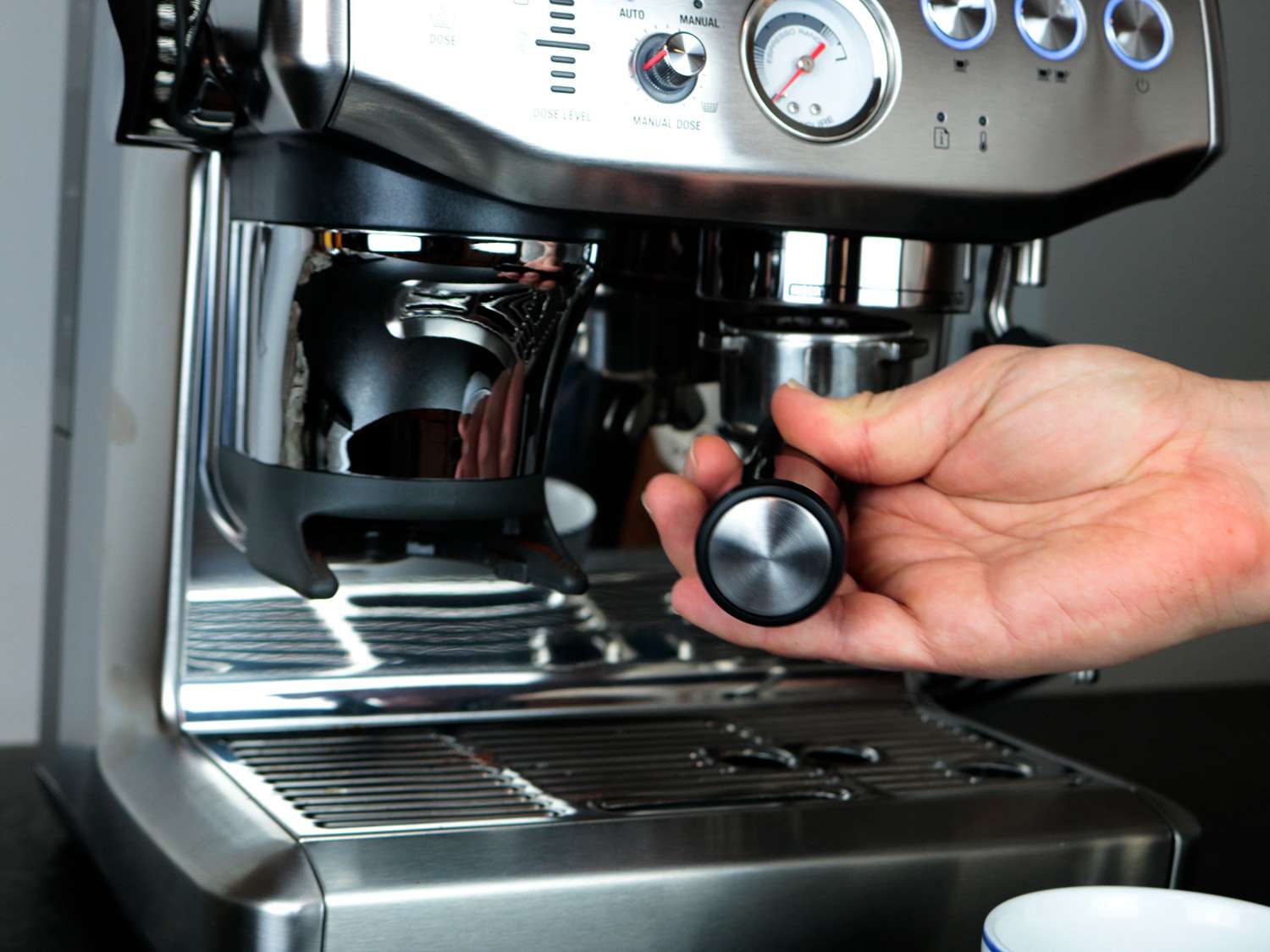
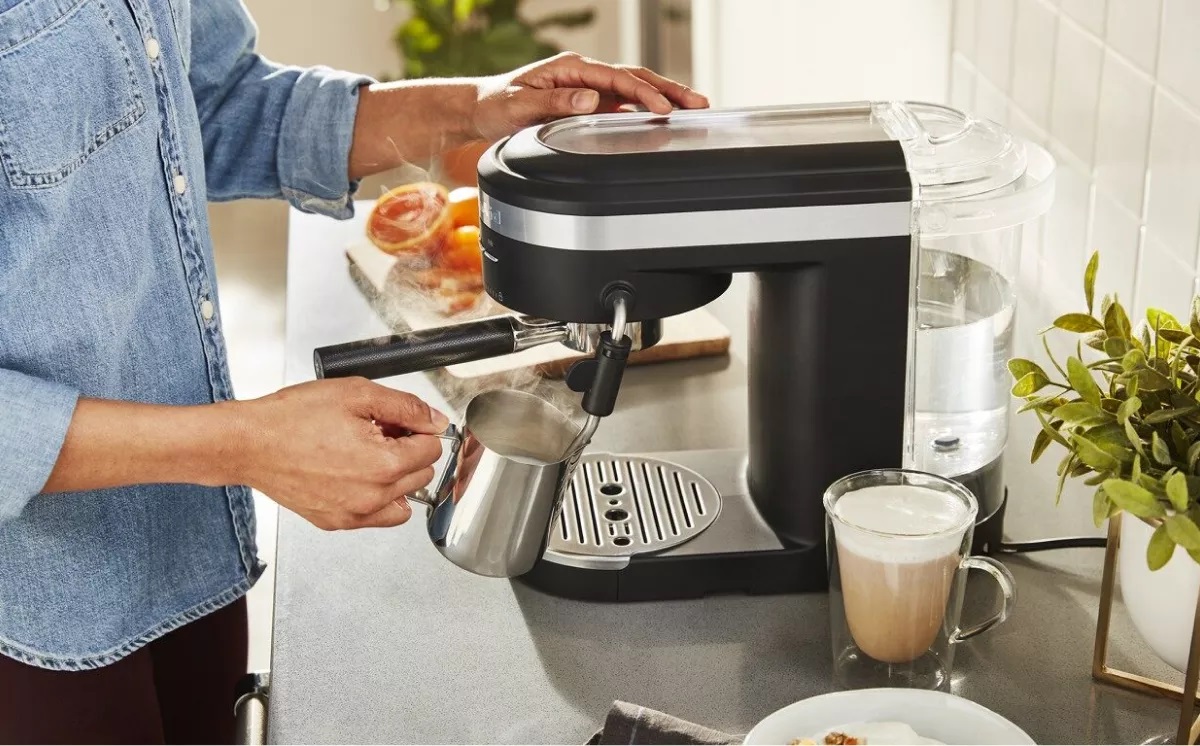
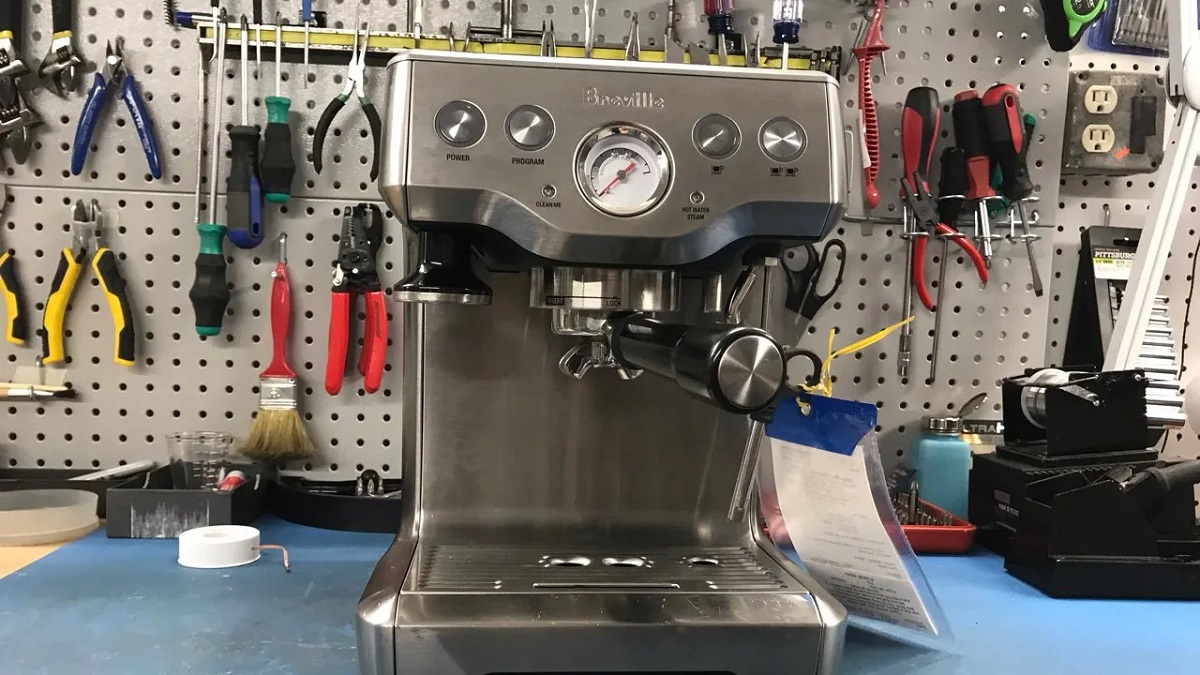
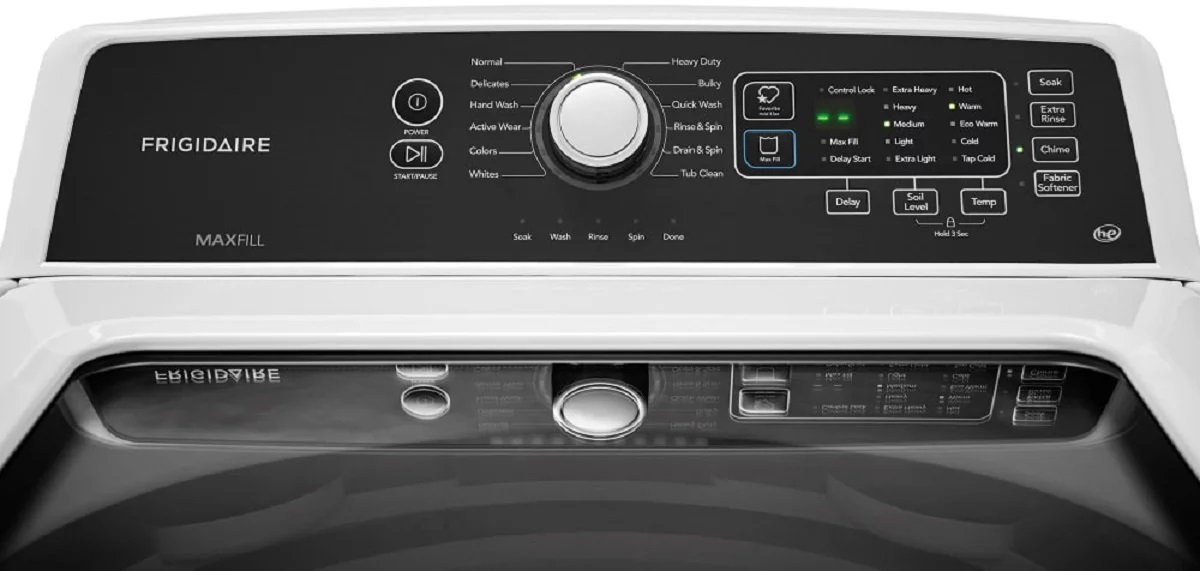
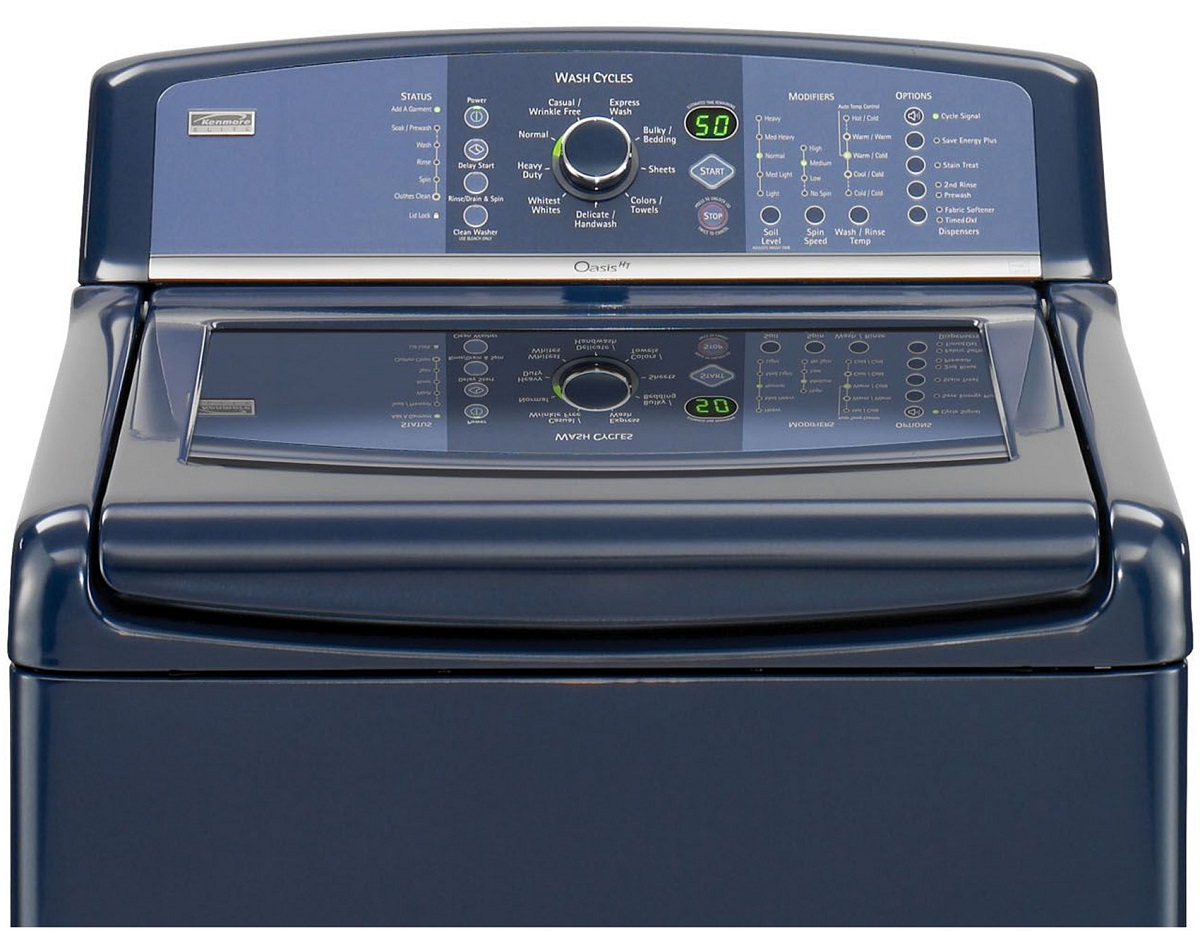
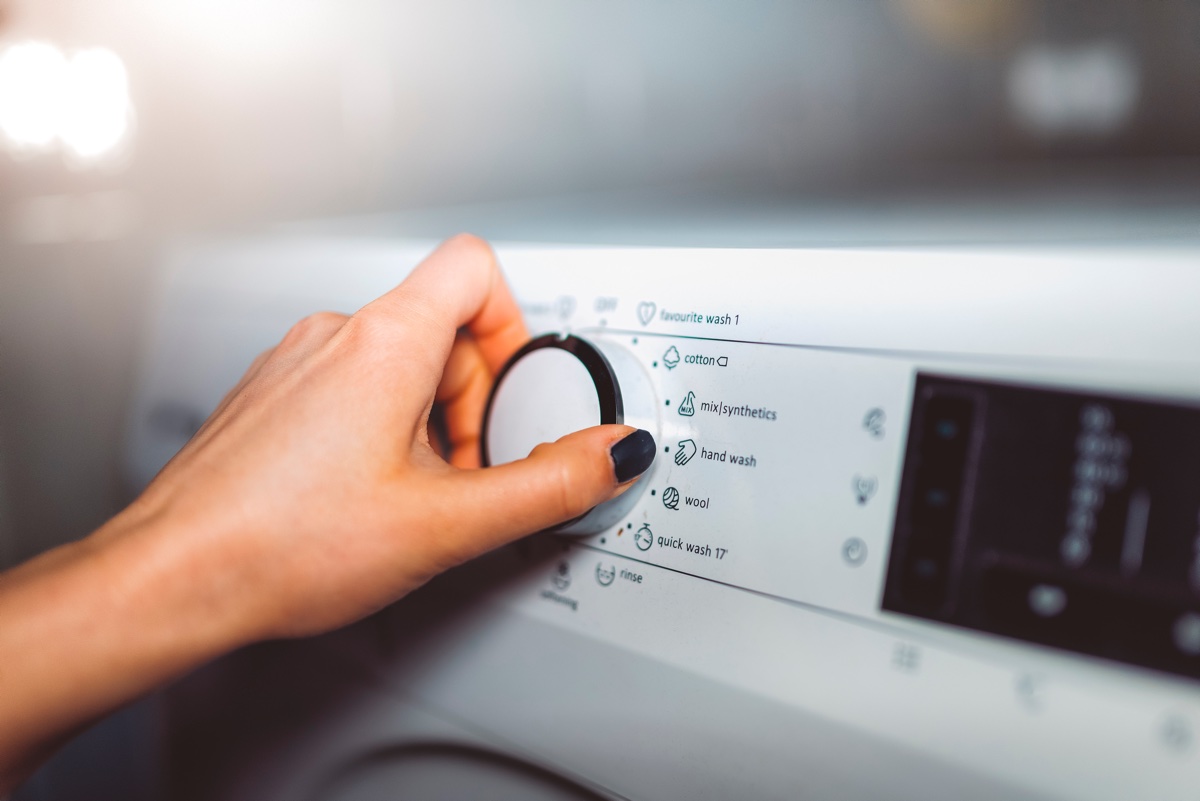


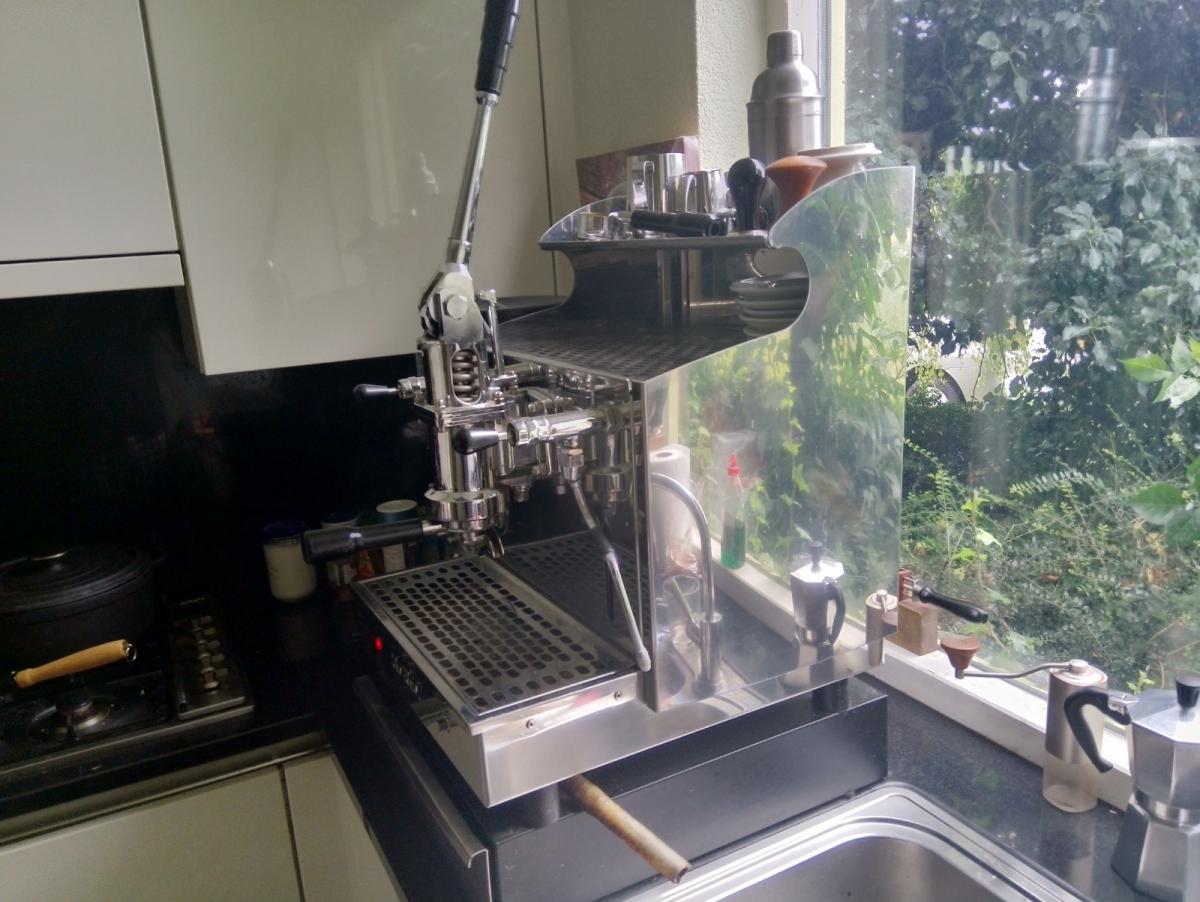
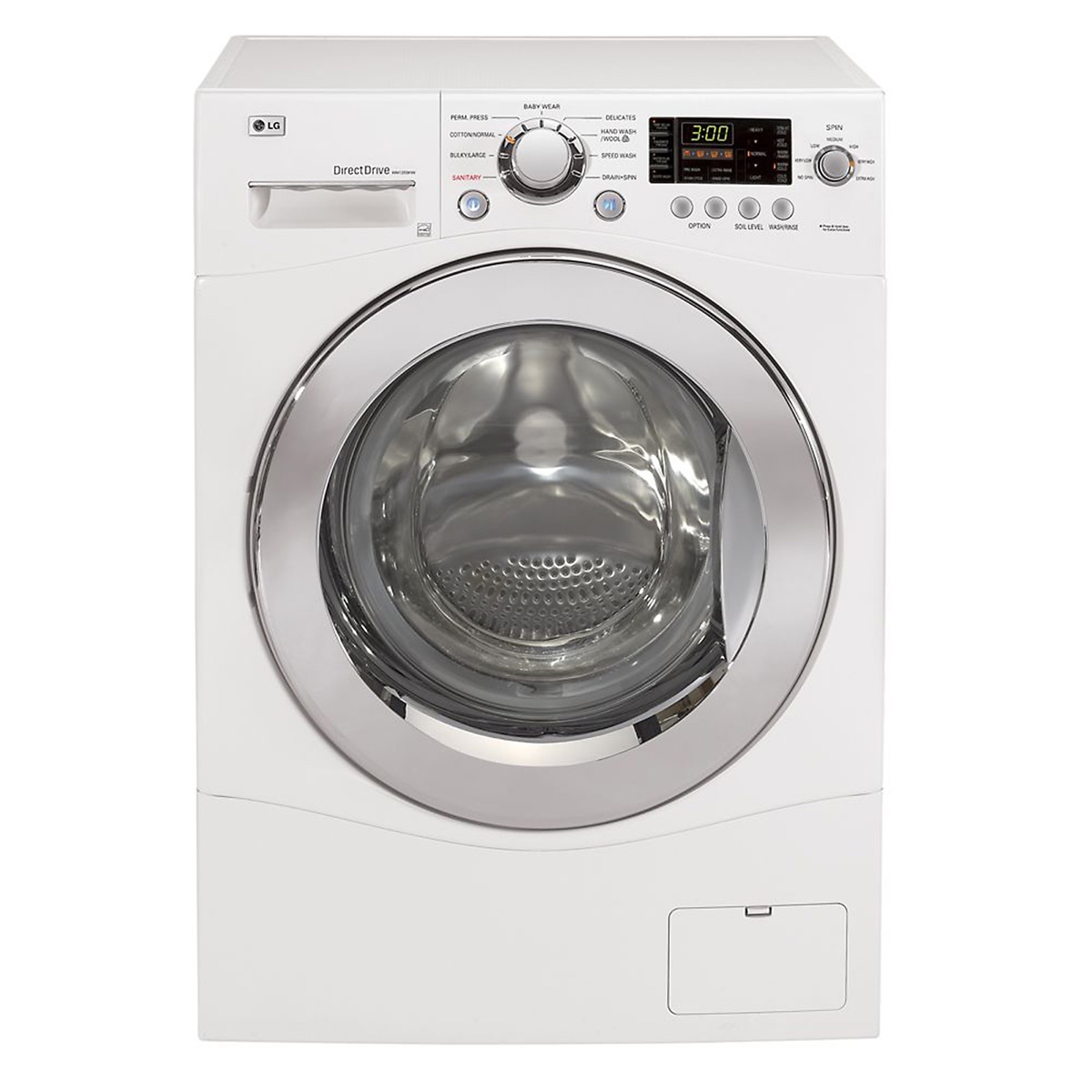
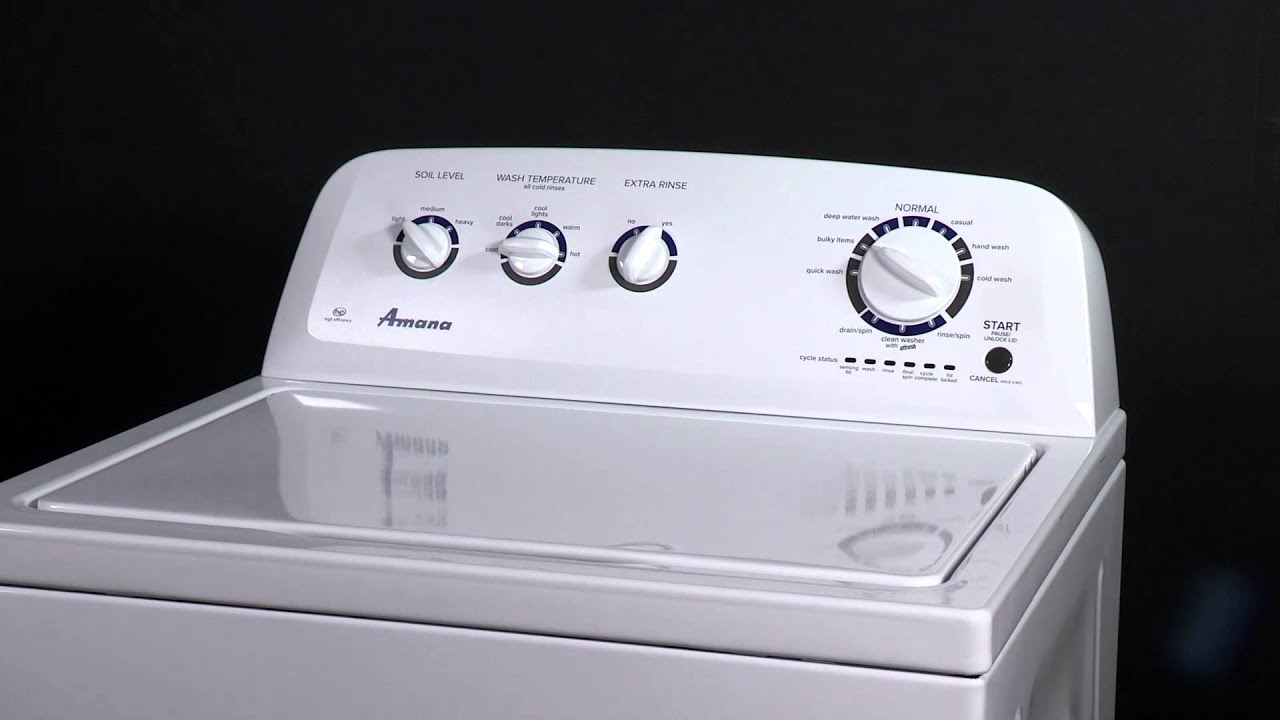
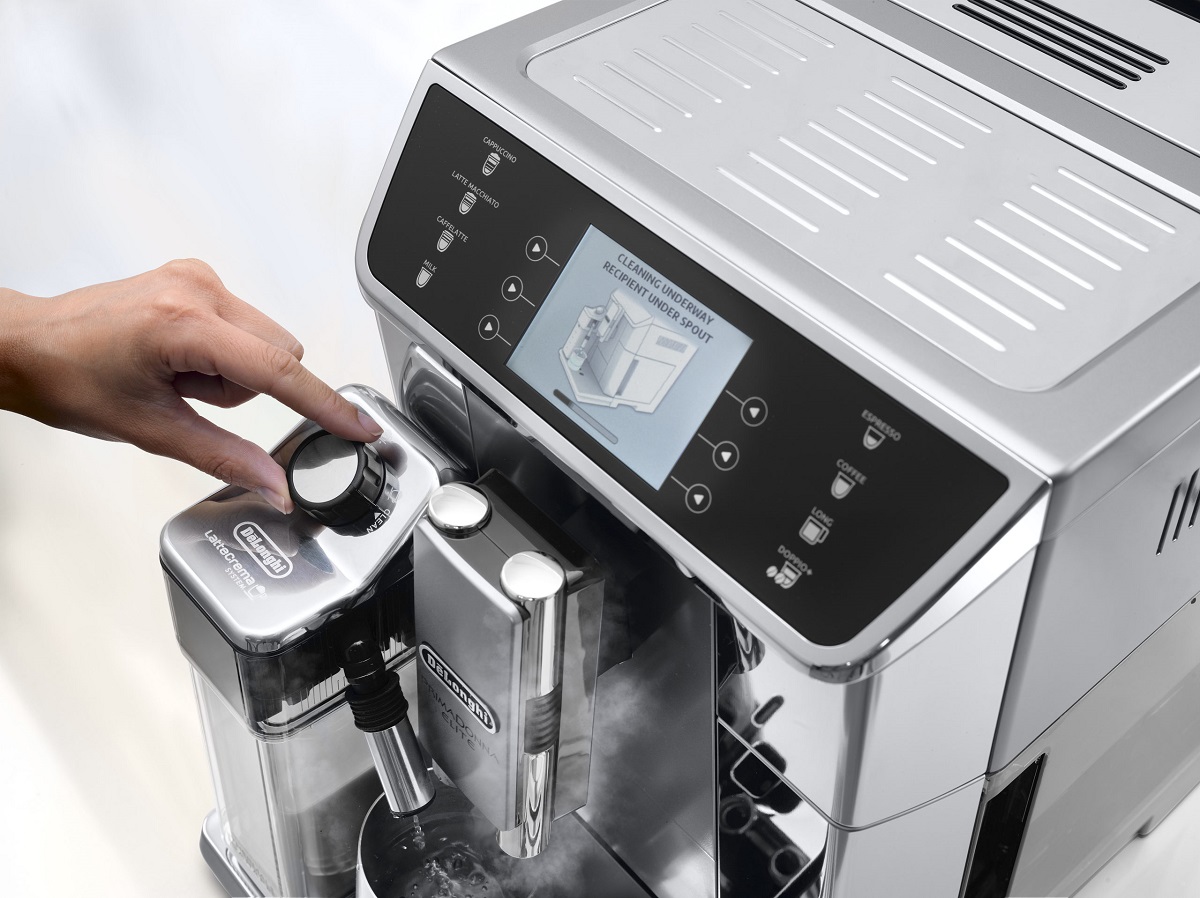
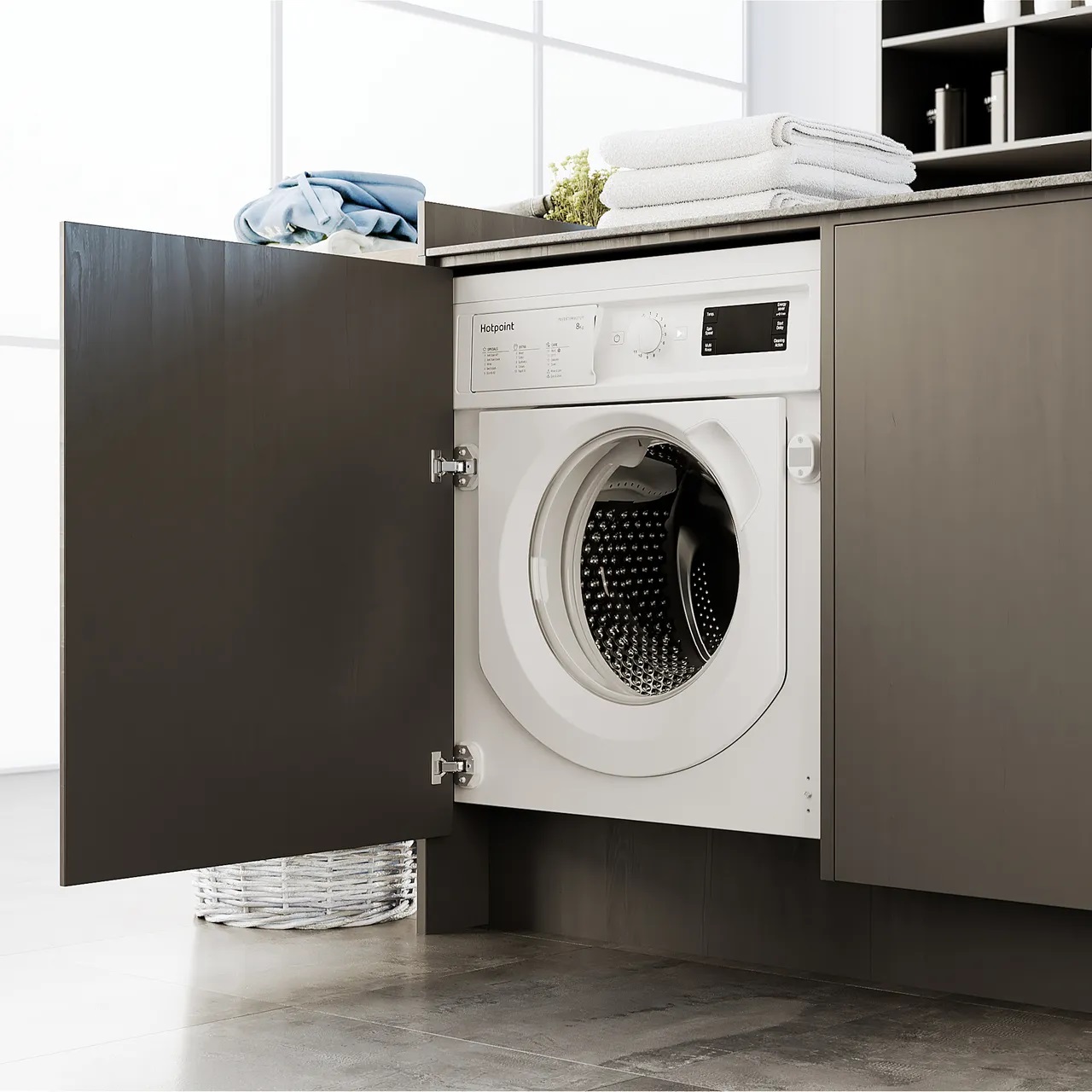
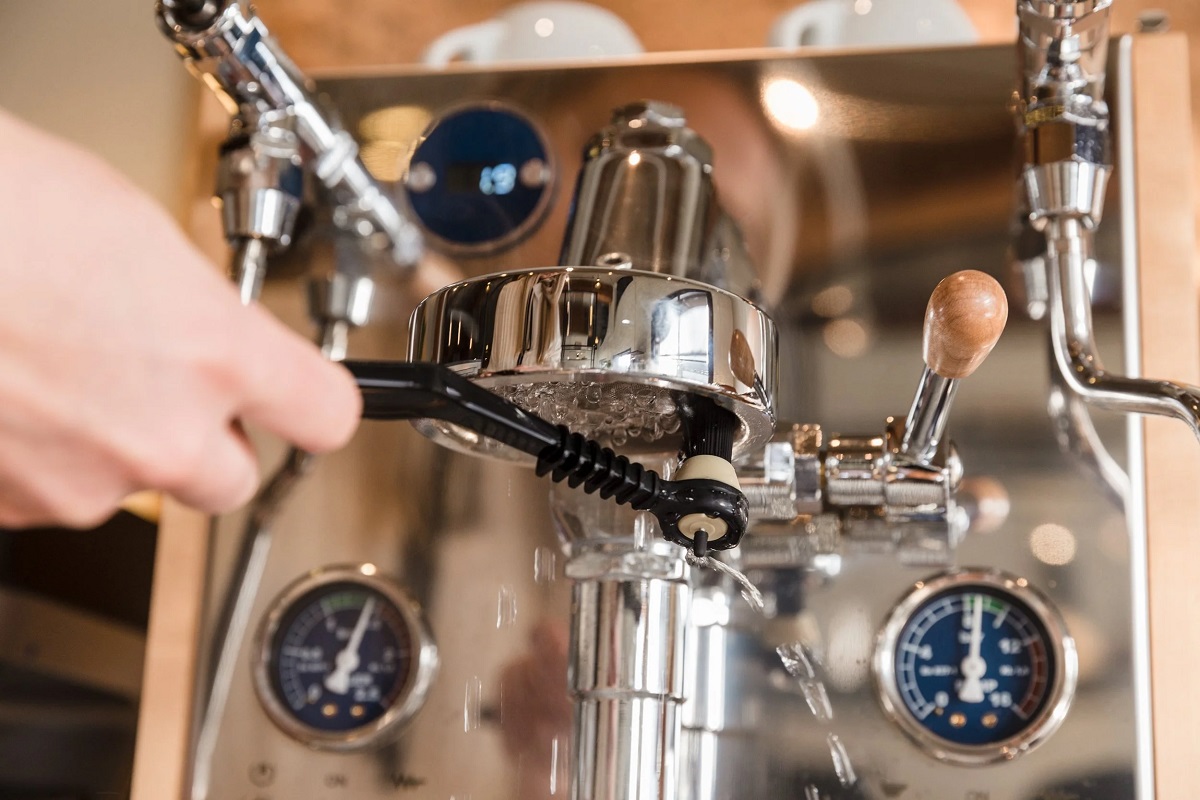

0 thoughts on “How To Reset An Espresso Machine”